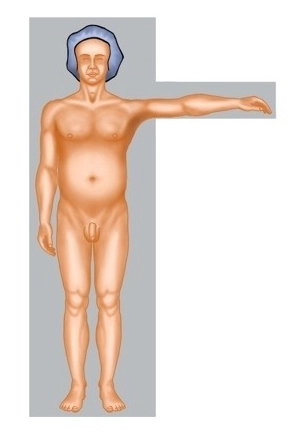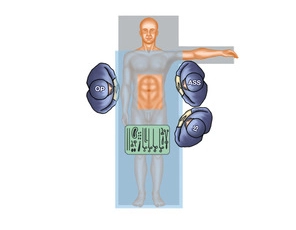General Note
There are various forms of stomas created for different intentions.
Fundamentally, they are distinguished by the section of the intestine used:
- Colostomy (ascending, transverse, descending, sigmoidostomy)
- Small bowel stoma (ileostomy, jejunostomy)
and by the stoma shape:
- End
- Loop
- Special form: Split-stoma
This article concerns the reversal of a loop ileostomy. Similarly, a loop colostomy is managed.
In end stomas (and also split stomas), it is referred to as 'restoration of continuity,' as typically a laparotomy (laparoscopy) is required to anastomose the bowel ends.
The following information on indications, etc., generally applies to the treatment of stomas and not specifically to the reversal of ileostomies.
Indications are determined exclusively on an individual basis:
- Depending on the age, general condition, and outcome of the patient regarding their underlying disease, the chosen stoma form can be reversed at the earliest after the underlying disease has healed!
- The highest reversal rate (about 90%) is for stomas created for anastomosis protection. In contrast, stomas created in the context of anorectal fistula formations in Crohn's disease are reversed in less than half of the cases!
Stoma Configuration:
- End (only the efferent limb is exteriorized)
- Loop (oral and aboral limbs in the stoma)
- Intestinal section for the stoma form used: Jejunum, Ileum,Colon
Timing of Stoma Reversal
- There is currently no clear recommendation for the optimal timing.
- An early closure of a loop protective ileostomy 10 to 14 days after creation is theoretically possible after quick recovery from the primary operation, with positive effects on quality of life and potential stoma complications. However, due to physiological inflammatory adhesions between the intestine and abdominal wall and between the intestinal loops, reversal at this early stage is significantly more difficult. These adhesions typically resolve within 6-10 weeks, so reversal usually occurs 10-12 weeks after creation.
- A colostomy after discontinuity resection should be dissolved no earlier than 6 months after the primary operation; after severe peritonitis, it is advisable to wait even 9 to 12 months to ensure sufficient patient recovery and to reduce the extent of potential adhesions.


